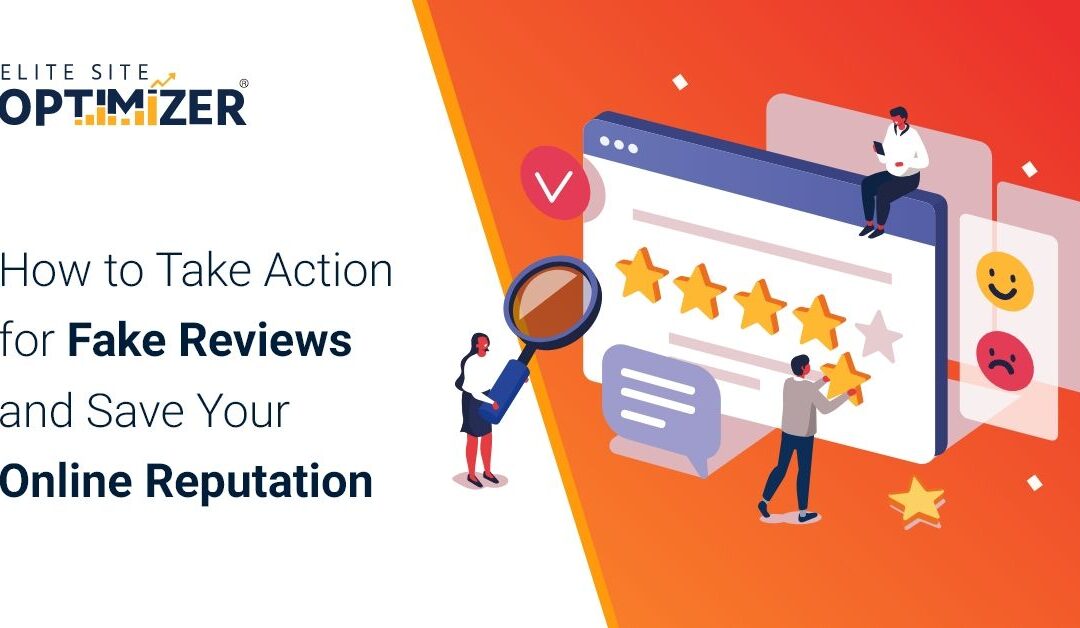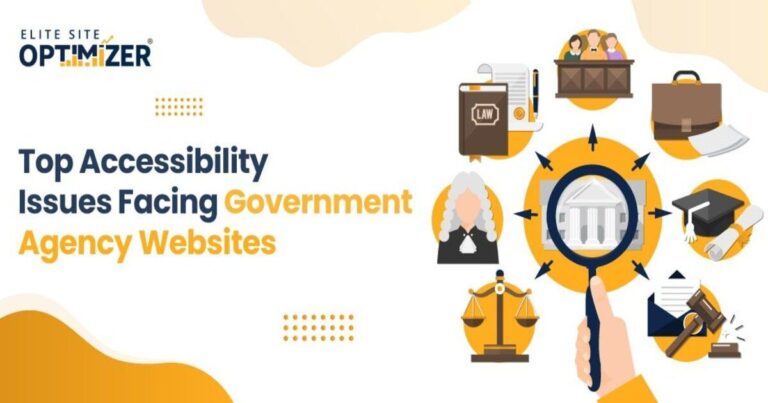Online reviews are a valuable resource for any business. Customers who aren’t sure whether to try a new business like a restaurant, store, or salon will check online reviews first. 87% of customers say that they will check online reviews in 2021, according to BrightLocal. That makes dealing with fake and fraudulent reviews incredibly important, as one bad review can sway a customer’s opinion even if others are positive. Brand management can be challenging. Here is how your business can take action now and deal with fake reviews that hurt your reputation.
Stay Aware:
The first step to dealing with harmful reviews is finding them. New reviews are constantly going up, so you have to check regularly or else customers will start reading false and misleading reviews without giving you any opportunity to correct them. Locate key review sites, find your business’s entry there, and watch it for new reviews that stand out. In many cases, businesses can control their entry’s page to post details like hours of operation and contact information.
Yelp is the leading online review site for all different types of businesses. Facebook is highly used as well. Google Maps hosts reviews for any business with a physical location, and businesses can take charge of their Google location through Google My Business. Depending on your industry, there may be other major review sites to watch, like TripAdvisor for hotels and OpenTable for restaurants, and GlassDoor for employees. 72% of respondents to the BrightLocal survey said that it’s important for local businesses to be on multiple review sites.
Check Star Ratings:
Many online reviews use a five-star rating system, and now customers are used to them. Facebook, however, uses recommendations instead. Per BrightLocal’s customer review survey, the star rating is the number one factor in influencing customers, with 84% of respondents saying they care about ratings. Fake reviews tend to be overly negative, so they will have zero or one star. These should be the first ones that businesses review to see if they are genuine customers.
Positive and Negative Fake Reviews:
The legitimacy of a review is the second most important factor ranked by importance to customers. They are concerned with both fake positive reviews meant to boost the business’s reputation and fake negative reviews meant to hurt it. 80% of customers thought they had read at least one fake review in the last year. Businesses should be warned not to encourage fake positive reviews as they can get taken down or lead to customer mistrust. Many review sites ban reviews that are given in exchange for discounts or free gifts, even if they are from actual customers.
Negative reviews may be made to deliberately hurt a business or for no reason at all. They take very little effort but can do a lot of harm since low star ratings will drop the average rating significantly and influence consumers if they are read first. When it comes to fake negative reviews, businesses need to be proactive.
Getting Reviews Removed
The business or its owner needs to have an official presence on every relevant review site so they can respond as soon as possible. Claiming a business on Google, Yelp, or other sites is the best way to verify that you represent the business when contacting the platform, ensuring a quick response.
Getting reviews removed is possible on all platforms, but it takes time and is not guaranteed to work. Some reasons that are likely to get a review removed include:
- Conflicts of interest such as a competitor or a former employee
- False information that doesn’t relate to the reviewer’s actual experience
- Reviews about issues unrelated to the consumer services of the business
- Reviews that discuss someone else’s experience, not the reviewer’s
- Reviews containing private information about the business or employees
- Abusive language or hate speech
However, reasons such as simple negativity or bad experiences won’t get reviews removed. Even if the site is willing to remove them, this can cause a backlash that can hurt the business’s reputation.
Read Also:- Build a Custom eCommerce Website using the Django Framework | Custom eCommerce Website
Responding to Reviews
The alternative to getting reviews removed by the platform is to respond to them. More businesses rank analysis is doing this than ever. 77% of reviewers reported getting a response from the business, up from 72% in 2019. For general negative reviews, respond politely and try to explain or justify why their experience was not representative of your business in general. In some cases, it’s possible to convince reviewers to change their review or take it down themselves. If not, then a public comment from the business provides an alternate perspective to other customers reading the review, so they can judge that it is false or misleading based on the business’s feedback.
Taking action against fake reviews as soon as possible is the best approach. Be proactive and respond to reviews, and flag them for removal when absolutely necessary.







